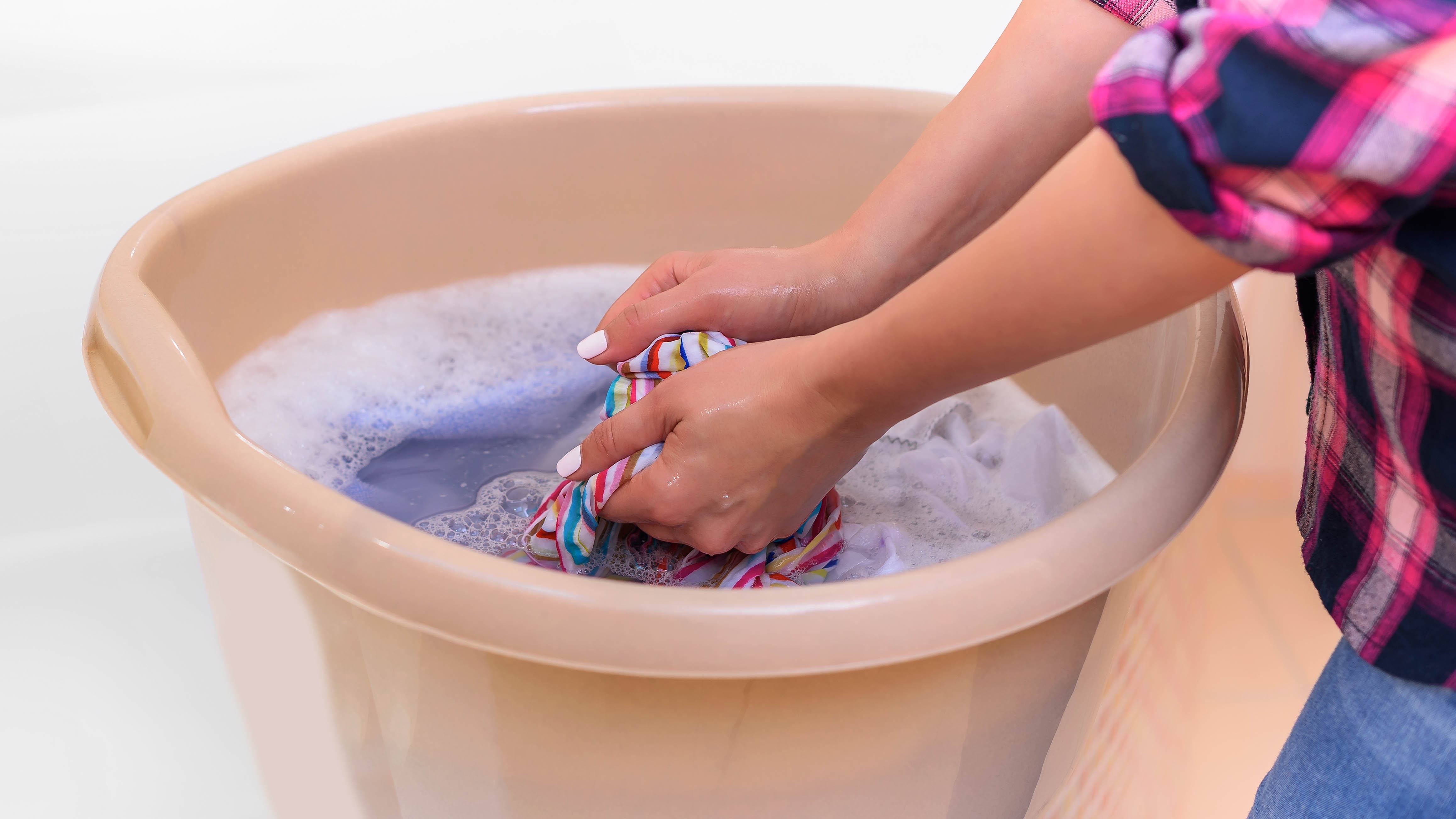Learn how to effectively handwash clothes with these step-by-step instructions. Gather your supplies, sort and pre-treat your garments, fill the basin or sink, wash your clothes, and properly dry them. Follow these tips to keep your clothes clean and well-maintained through handwashing.

Handwashing clothes can be a practical and effective way to clean your garments, especially when you don’t have access to a washing machine or when dealing with delicate fabrics. Whether you’re traveling, camping, or simply prefer the gentle touch of handwashing, following the right steps can ensure that your clothes come out clean and fresh. In this article, we will guide you through the essential steps in handwashing clothes.
Gather Your Supplies
Before you begin handwashing your clothes, it’s important to gather all the necessary supplies. Here’s what you’ll need:
- A basin or sink
- Mild laundry detergent
- Stain remover (if needed)
- A clothesline or drying rack
- A clean towel
Sort and Pre-Treat
Start by sorting your clothes based on color and fabric type. This will prevent color bleeding and damage to delicate fabrics. Check the care label on each garment for specific instructions.
If you notice any stains on your clothes, it’s best to pre-treat them before washing. Apply a small amount of stain remover directly to the stain and gently rub it in. Let it sit for a few minutes to allow the stain remover to work its magic.
Fill the Basin or Sink
Fill the basin or sink with lukewarm water. Avoid using hot water, as it can cause shrinkage or fading of certain fabrics. Add a small amount of mild laundry detergent to the water and mix it well until it forms suds.
Wash Your Clothes
Place a few garments at a time into the soapy water. Gently agitate them with your hands, making sure to pay attention to any areas with stains or dirt. Allow the clothes to soak in the soapy water for a few minutes to loosen any dirt or grime.
Once you’re satisfied with the washing, drain the soapy water and refill the basin or sink with clean water. Rinse each garment thoroughly to remove any soap residue.
Drying Your Clothes
After rinsing, gently squeeze out the excess water from each garment. Avoid wringing or twisting the clothes, as this can damage the fabric. Instead, roll them up in a clean towel and press gently to absorb more water.
Hang your clothes on a clothesline or drying rack, making sure to shape them properly to avoid wrinkles. If you’re drying delicate fabrics, consider laying them flat on a clean, dry towel.
Allow your clothes to air dry completely before wearing or storing them. Keep in mind that some fabrics may take longer to dry than others.
Final Tips
Here are a few additional tips to ensure successful handwashing:
- Always read and follow the care instructions on the garment’s label.
- Use a gentle touch when washing delicate fabrics.
- Avoid using bleach or harsh chemicals unless specified on the garment’s label.
- Consider using fabric softener or vinegar during the rinse cycle for added freshness.
- Regularly clean and disinfect your basin or sink to maintain hygiene.
By following these steps, you can effectively handwash your clothes and keep them looking clean and well-maintained. Whether you’re on the go or simply prefer the hands-on approach, handwashing can be a convenient and reliable method for caring for your garments.
